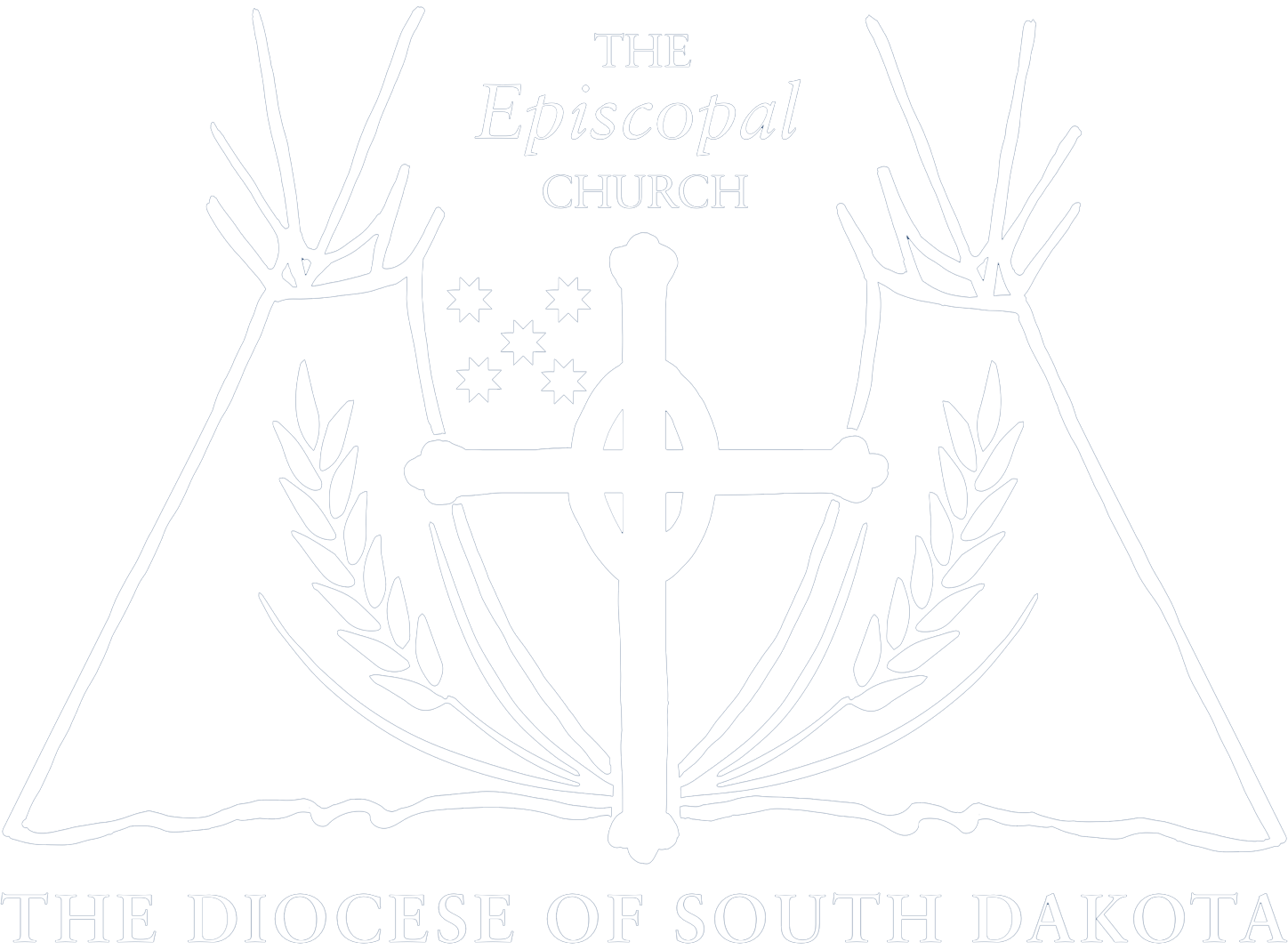Above photo credit: Pete Nunnally: “At Water and Wilderness, they see people’s faces.”
From the LIVING CHURCH Magazine 2.10.2025
There’s a perennial question at church meetings: What should we do to draw people to church? An Episcopal priest believes he has found one way.
“Meet people where they are, in nature,” says the Rev. Pete Nunnally, who refers to himself as Pete the Wilderness Priest.
That is exactly what he seeks to do with the Water and Wilderness Church, which meets monthly at Fletcher’s Cove in Washington, D.C. At Fletcher’s Cove, worshipers meet in the parking lot and then walk upriver, where they stop, hear the gospel, have a discussion homily, and then walk further upriver for Communion.

Nunnally refers to the services as relational. “We take our stories and find them in the gospel,” he says of the Liturgy of the Word. “It really does become a living text.”
While he believes that the Water and Wilderness Church is a way to meet people who are not comfortable in a traditional church, he says he “always wants to have one foot in the traditional church. I was raised on that too. I love liturgy.”
But he acknowledges that the traditional church is not for everyone: “I recognized that if those 45 and under weren’t raised in it, they probably won’t come.”
Someone told him of seeing only the back of heads when visiting a church. “At Water and Wilderness, they see people’s faces,” Nunnally said.
Citing the statistic that the Episcopal Church loses 2.5 percent of its membership every year, Nunnally believes the barriers for entry need to be lowered, creating what he calls a threshold space.
“Most of what I know about church comes from summer camp at St. George’s,” part of Shrine Mont in the Diocese of Virginia, Nunnally said. “I had a lived experience outdoors of what it means to be the body of Christ.”
Watch a Water and Wilderness service and you will see people walking and talking together, as Jesus and the disciples did.
Eucharist is a part of every service, but Nunnally uses his own words to make the liturgy feel more accessible to visitors.
Nunnally began the Water and Wilderness concept when he served as an associate priest at St. Mary’s Church in Arlington, Virginia. That church continues outdoor worship, but on its church property.
The people of Water and Wilderness have worshiped in other places. Nunnally says he looks for a place that is beautiful, almost wild.
“I try to get to a place where they are not mowing the grass, not trimming edges — so that God’s creation can be wild, be where there is no one controlling grasses, flowers, dead leaves, trees, and logs,” he said.
Nunnally believes that the wilder the setting, the more nature becomes a part of the service. He tells many stories of how nature has reinforced his message.
Once in the middle of the Eucharistic Prayer, he noticed that there was someone fishing nearby. The man was carrying a young daughter, a net, and fishing pole. Realizing that this man could not do it all, Nunnally asked someone to go help him. A young person said, “You’re the fisherman. You go.” And he did, right in the middle of the Eucharistic Prayer.
That experience reinforced his idea of meeting people where they are and living out the life of Christ. The setting along a river is perfect for Nunnally, who is indeed a fisherman. Next year, Broadleaf Books will publish his book The Spirituality of Fishing.
The Water and Wilderness Church averages between 25 and 35 participants during its monthly service. People who visit parks generally are there for other reasons, although on occasion some have joined the worship service. There are other ways to worship with Water and Wilderness Church, such as through Zoom.
Nunnally, who serves as interim rector at St. David’s Episcopal Church in Wilmington, Delaware, plans to continue the Water and Wilderness Church in the Washington, D.C., area. He is in conversation with the Diocese of Washington about Water and Wilderness having a more formal relationship with the diocese. Bishop Mariann Budde joined a group that worshiped in sleet during its December service.
His vision is for the Washington location to be the hub of the church, with hopes of planting tributaries of a watershed community.
“We have trained people to think the church building is the only sacred space around,” he said. “Water and Wilderness seeks to undo the formation of intentional and unintentional limits that our liturgy has put on what the church is, who God is,” Nunnally said.
Water and Wilderness Church received an initial $10,000 grant from Virginia Theological Seminary. In subsequent years, VTS has provided $5,000.
Nunnally is not alone in his recognition that church does not have to be confined to a space between walls.
Church in the Woods in Wyoming promotes itself as a place “Where there’s no pews, no politics, and no walls … just the Word! The church is a mission to reach people where they’re at.”
Nestled in a woodland setting, Thorncrown Chapel outside of Eureka Springs, Arkansas, rises 48 feet into the Ozark sky. The wooden structure, designed by architect E. Fay Jones and built in 1980, contains 425 windows and over 6,000 square feet of glass. It sits atop more than 100 tons of native stone and colored flagstone, making it blend perfectly with its setting.
The Rev. Meredyth Albright is a longtime journalist and rector of St. Augustine’s Episcopal Church in Rhinelander, Wisconsin.


